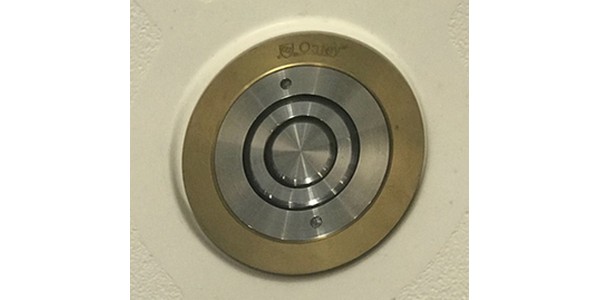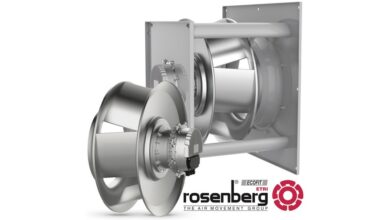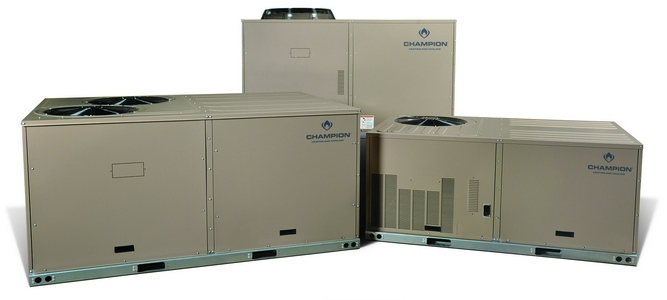Tower Industries Launches New Anti-Ligature Shower Drain Covers

Tower Industries has launched the first anti-ligature drain cover made exclusively for solid surface showers. When planning the construction of a bathroom for patients suffering from mental illness, it is essential in the design process to eliminate points where a cord, rope or bed sheet can be looped or tied to a fixture to create a point of ligature, which may result in self-harm or, in extreme cases, loss of life. Tower Industries’ patent-pending design accomplishes these goals and more.
“There were no drains [on the market] that were ligature resistant,” recalled Donna Dare Bickley, of JHS Architecture. “We only had drains that fit into solid surface sinks. [Tower] redesigned a better drain to fit into the shower. It’s a retrofit so it can just be plugged in and screwed in. It’s the first drain cover in the entire country. There’s not one anywhere else in the world. Tower not only met the need for a shower but met the need for a plumbing fixture as well.”|
The drain can only be removed with a custom tool, so the maintenance team can easily access and clean the drain without giving the patients access to the drain space to hide contraband. Even though safety was the purpose of the design, function was kept as priority, as the drain can discharge five gallons per minute.
Photo source: https://towersurfaces.com.



